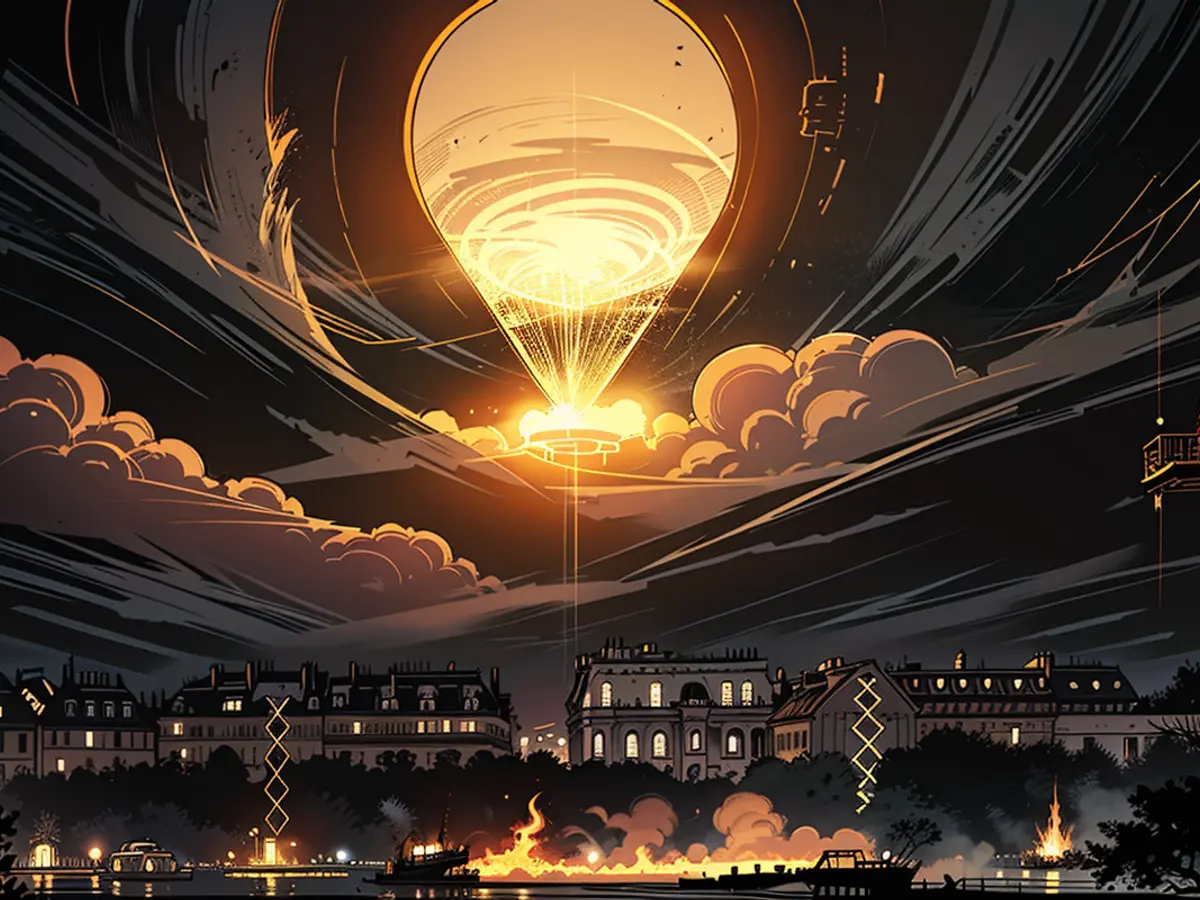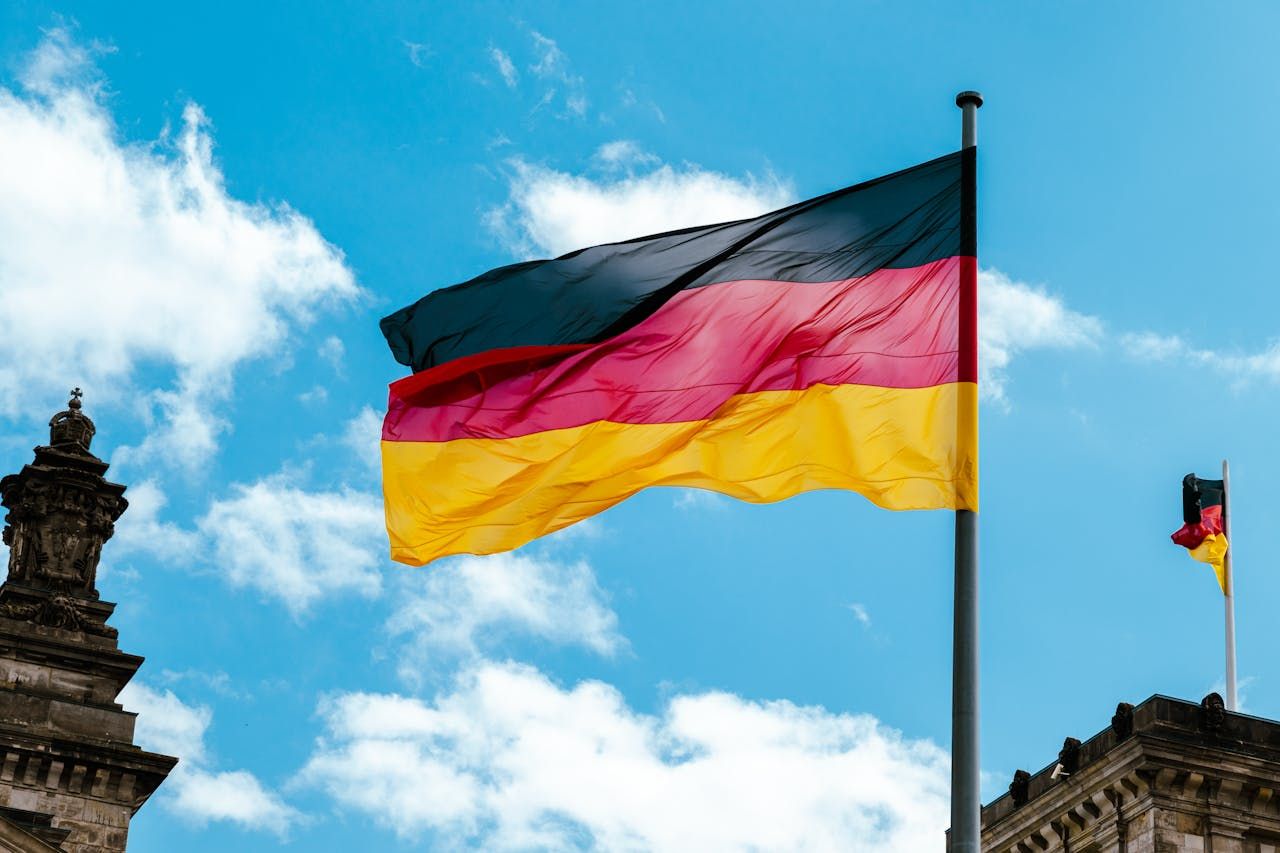Die olympische Flamme brennt nicht über Paris.
Die Eröffnungszeremonie der Olympischen Spiele in Paris ist ein Spektakel, das Staunen und Kontroversen auslöst. Der Höhepunkt ist die Ankunft der Olympischen Flamme. Diesmal jedoch wartet am Ende der langen Fackelstaffel eine Illusion.
Die Olympischen Spiele sind der Höhepunkt des Sports, nicht nur über Ergebnisse, sondern auch über Politik, enorme Geldsummen und große Inszenierungen. Die Eröffnungszeremonien sind prunkvolle Shows, die die Welt beeindrucken sollen. Der erste große Olympische Moment und der Höhepunkt jeder großen Eröffnungszeremonie ist die Ankunft der Flamme, die auf ihrer Reise von historischem Olympia stammt und hell in der Gastgeberstadt leuchten soll.
In Frankreich wurde für die Pariser Spiele eine spektakuläre Eröffnungszeremonie inszeniert, die sowohl Bewunderung als auch Entrüstung auslöste. Und der Moment, als die Flamme für die Spiele eintraf, war einzigartig. Die Olympische Flamme von 2024 ist eine Illusion.
1996 bewegte ein sichtlich gerührter und bereits an Parkinson leidender Muhammad Ali die Welt, als er die Olympische Flamme hoch über Atlanta entzündete. Vier Jahre zuvor staunte die Welt, als der Pfeil des spanischen Bogenschützen Antonio Rebollo durch die Nacht von Barcelona flog, um die große Flamme zu entzünden. Unvergesslich war, wie die Sprinterin Cathy Freeman in Sydney vor über 100.000 Menschen einen Feuerkessel aus einem Wassertank entfachte. Das sind ikonische Momente.
Illusion des Feuers
Seit 1936, seit den Nazi-Spielen in Berlin, ist es immer das gleiche Ritual: Die Flamme wird von historischem Olympia zur Gastgeberstadt gebracht, über Wasser, durch die Luft, über Land, und bewacht die Wettkampfstätten während der Spiele. Aber die Franzosen ließen kein Feuer über Paris lodern; sie ließen nur eine spektakuläre Illusion des Feuers an seine Stelle treten. Die Olympische Flamme, zumindest das weit sichtbare Symbol der Spiele, besteht in 2024 aus Wasser und Licht.
Das helle Olympische Licht, das nachts in einem Ring aus Flammen unter einem 60 Meter hohen Ballon über Paris leuchtet, ist in Wahrheit ein "mächtiger Lichtstrahl", der auf eine "Wolkenschicht" projiziert wird. 40 leistungsstarke LED-Spotlights der neuesten Generation sind im Einsatz, wobei etwa drei Kubikmeter Wasser pro Stunde verdampft und von 200 Hochdruckdüsen vernebelt werden.
Laut den Organisatoren stammt der Strom für die Installation vollständig aus erneuerbaren Energiequellen. Die "echte" Olympische Flamme steht während der Spiele am Fuße des elektrischen Leuchtfeuers in einem Container direkt neben dem Ballon. both - das alte und das neue Licht der Olympischen Spiele - können tagsüber von Zehntausenden von Menschen kostenlos im Tuileriengarten besichtigt werden.
"This absolutely unique fire bowl embodies all the spirit I wanted to give to the Olympic and Paralympic objects," describes Matthieu Lehanneur the construction he designed. "Light, magical, and unifying, it will be a beacon at night and a sun within reach during the day. The fire that burns in it will be made of light and water, like a cool oasis in the heart of summer."
For traditionalists and romantics, it may be a harsh message, but when legendary athletes Marie-José Pérec and Teddy Riner seemingly ignited the Olympic flame and sent it into the Parisian night sky, they were actually "just" pressing a button that started the lights and high-pressure jets. State-owned energy provider Électricité de France (EDF) hailed the lighting of the flame as an "electrical revolution," saying that creativity and innovation had made it possible to develop a flame without burning fossil fuels, a flame of water and light.
The flight of the electrical flame, hovering over the Tuileries at night, is also a nod to the aviation history of the place: in 1783, the first manned flight in history took place in Paris. Scientist Jean-François Pilâtre de Rozier and the Marquis d'Arlandes rose into the air based on the research of the Montgolfier brothers - where a hot air balloon now stands. A hundred years after the first hot air balloon adventure, in 1878, French engineer Henri Giffard invented the captive balloon in the Tuileries, a combination of a gas balloon and a steam winch, which was a resounding success.
The Olympic Games 2024 in Paris will be the center of global attention, with the opening ceremony promising a spectacle that echoes both awe and controversy. However, the arrival of the Olympic flame is revealed to be an illusion, a unique spectacle of light and water.
Unlike traditional flame-lit arrivals, the Olympic flame for the 2024 Games will be a "powerful light beam" projected onto a water cloud, a testament to innovation and sustainability.








